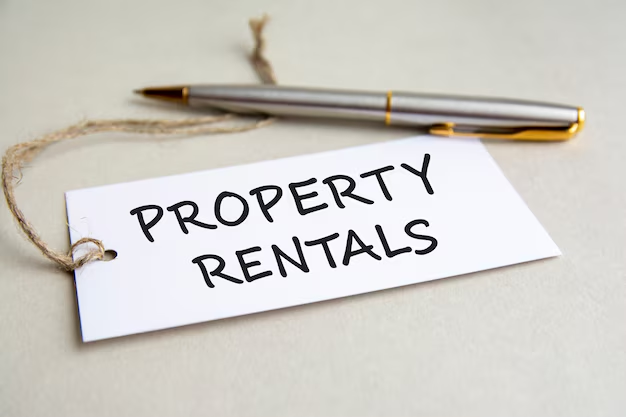Discover the Cost of Renting an Apartment in Japan Today
Navigating the Japanese real estate market might seem daunting, particularly when considering where to live and how much you’ll need to pay for a decent dwelling. Apartment rental costs in Japan can vary dramatically based on location, size, and quality. Whether you’re moving for work, study, or adventure, it's crucial to understand these dynamics and potential financial aids available to make informed decisions.
What Influences Apartment Costs in Japan?
When considering an apartment in Japan, it's essential to factor in several variables:
Location: Major cities like Tokyo and Osaka are naturally pricier than rural areas or smaller cities. Tokyo, for instance, could cost you around 80,000 to 200,000 yen per month ($700 to $1,800 USD) for a moderate-sized apartment. Meanwhile, in smaller cities, rents could dip to 50,000 to 80,000 yen ($450 to $700 USD).
Apartment Size and Type: The size of the apartment is a key determinant. Studio or one-bedroom apartments (often referred to as "1K" or "1DK" in Japan) are generally less expensive compared to multi-room apartments meant for families.
Amenities and Proximity: Proximity to public transportation, shopping centers, and schools can inflate rental prices. Newer buildings equipped with modern amenities will also demand higher rent.
Japanese Housing Standards: It's worth noting that many Japanese apartments come unfurnished, which could add to your immediate expenses.
Navigating Financial Assistance and Options
Understanding the potential expenses is just the first step. Japan offers several programs and financial solutions that can help you manage these costs effectively, especially if you're an expatriate or a student.
Government Aid Programs
Japan's government offers housing assistance and subsidies for residents who qualify based on income and other factors. Researching and applying for these programs can result in significant savings, particularly if you're eligible as a low-income resident.
Financial Assistance for Students
If you're a student, universities often offer dormitories or partnerships with local housing agencies to secure affordable housing. Moreover, scholarships or educational grants might cover some of your living expenses, lightening the financial burden.
Credit Card Solutions
Many banks in Japan offer credit card solutions tailored to foreigners, which can help you manage your cash flow more effectively. Some credit facilities provide cashback or protect against unfavorable currency exchange rates, making everyday expenses, including rent, a little less taxing.
Saving and Budgeting
Before choosing an apartment, it’s prudent to establish a clear budget. Apps or financial software can help you track and manage your spending, ensuring you adhere to your budget and avoid potential debt traps.
Living in Japan, while potentially costly in terms of rent, offers tremendous cultural and professional opportunities. Combining comprehensive knowledge of the housing market with strategic financial planning can position you to enjoy a smooth and enriching experience.
Financial Resources and Assistance Options in Japan
- 🏠 Housing Subsidies: Check local government websites to see if you qualify based on income.
- 💳 Foreigner-Friendly Credit Cards: Explore major Japanese banks for options that offer low international fees.
- 🎓 Student Accommodations and Grants: Connect with your university for housing options and see if there are any grants available for international students.
- 📈 Budget Management Apps: Utilize apps to track expenses and stay within your budget.
- 🎁 Relocation Packages: If moving for work, inquire whether your employer offers relocation assistance.
By leveraging these financial resources and solutions, you can effectively navigate the Japanese housing market while maintaining financial stability.
